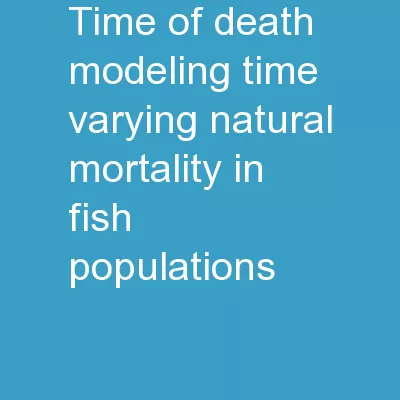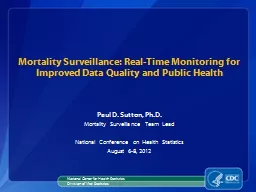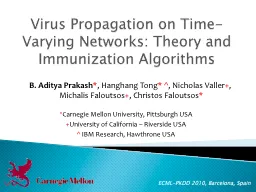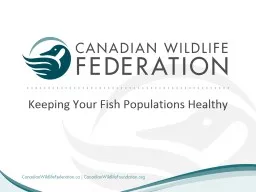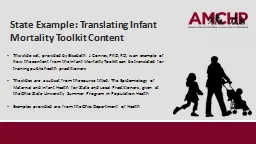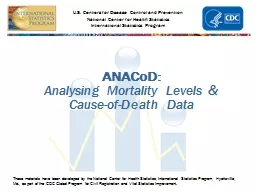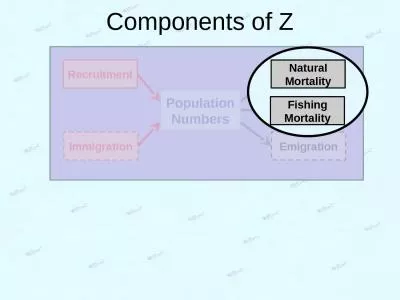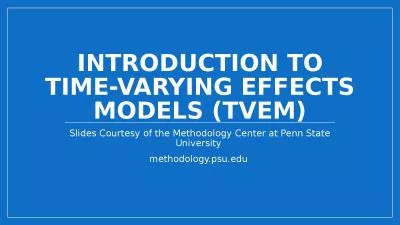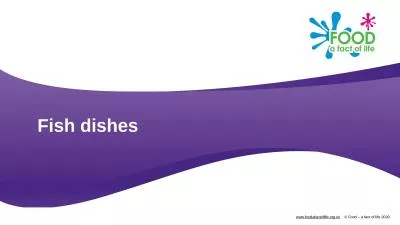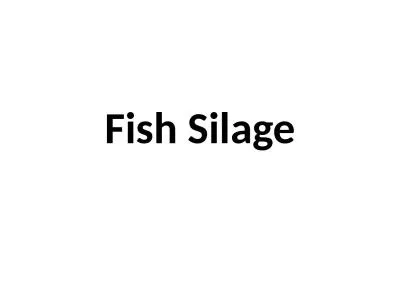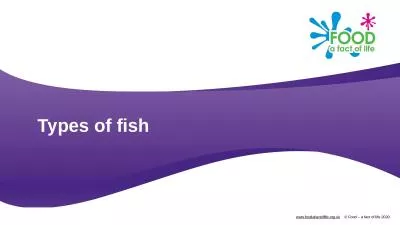PPT-Time of Death: Modeling Time-varying Natural Mortality in Fish Populations
Author : kittie-lecroy | Published Date : 2019-03-20
Phil Ganz 1 Terrance Quinn II 1 Peter Hulson 2 1 Juneau Center School of Fisheries and Ocean Sciences University of Alaska Fairbanks 17101 Point Lena Loop Road Juneau
Presentation Embed Code
Download Presentation
Download Presentation The PPT/PDF document "Time of Death: Modeling Time-varying Nat..." is the property of its rightful owner. Permission is granted to download and print the materials on this website for personal, non-commercial use only, and to display it on your personal computer provided you do not modify the materials and that you retain all copyright notices contained in the materials. By downloading content from our website, you accept the terms of this agreement.
Time of Death: Modeling Time-varying Natural Mortality in Fish Populations: Transcript
Download Rules Of Document
"Time of Death: Modeling Time-varying Natural Mortality in Fish Populations"The content belongs to its owner. You may download and print it for personal use, without modification, and keep all copyright notices. By downloading, you agree to these terms.
Related Documents

